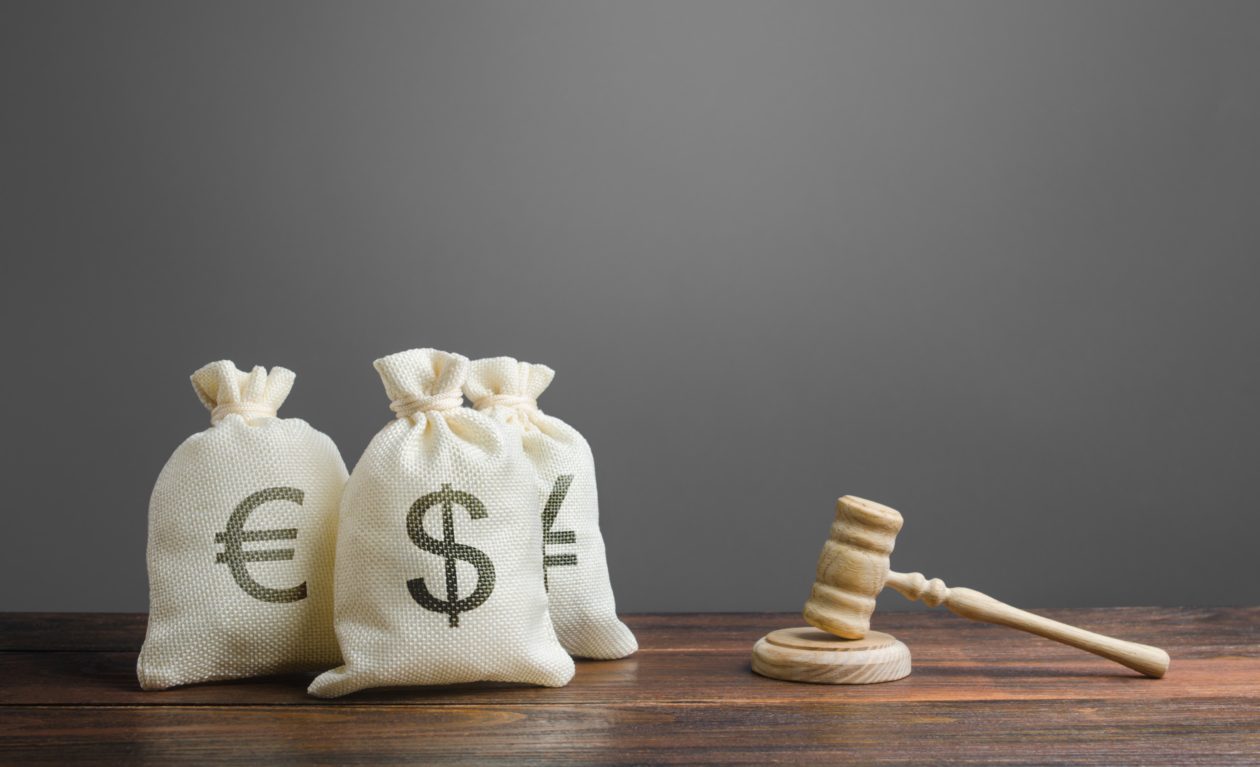When an individual or small entity brings a lawsuit to a larger, well-funded organization, they may not have the resources for a prolonged legal battle. Lawsuits are very expensive and can last a long time. For some who may not be able to afford it, the risk of losing or waiting too long for a return on investment is too great. This provides an opportunity for a third party to step in and offer to help — in the form of litigation finance.
If the plaintiff agrees, then the third party may purchase the rights to a portion of the potential award. That portion is considered to be an “asset,” or a litigation asset. This provides the plaintiff with the funds needed to get started or to keep going. The third party will then contribute resources and expertise to help win the case and secure the award.
There is no risk to the plaintiff because if they lose the case, they are not required to repay the third party. If they win, they get the bulk of the settlement. It also puts them in a position of power because they are no longer constrained by their own resources and suddenly have a powerful ally. It gives them the freedom to pursue the case without inhibition or worry.
Litigation finance adds value to society by giving the little guy a seat at the table so that everyone can be heard. Although many choose to participate for the promise of a high ROI, the result is the same. It levels the playing field in a game dominated by money.
The payoff to the investors is one of the highest of any asset class. Successful firms see average returns of 30-50% per year. But it is not without risk. If the lawsuit fails, then there is no return on investment. The money used to buy the litigation asset is gone. It’s also possible to win a lawsuit and not receive the award.
If the defendant has no assets or is good at hiding them, there will be nothing to collect. Firms mitigate this with months of due diligence prior to taking on a case. This includes finding cases with large awards, making sure the plaintiff has a strong position, and finding and identifying the assets that will be used to pay the settlement.
Firms also buy a variety of cases, allowing investors to diversify throughout the course of the year and see returns from the cases that win.
Another form of risk is the illiquid nature of the assets and the length of time of the lawsuit. It isn’t easy to sell a litigation asset, and some cases can take months to a year or more. Locking up funds in an investment for that long of a period of time is a risk in itself. An investor may need those funds elsewhere and will be unable to withdraw them. Even if firms buy multiple cases in hopes of seeing multiple payouts per year, there can still be large gaps in between payments.
Until now, litigation finance has only been available to the top 1% of investors. You need to be accredited and you need to have hundreds of thousands of dollars to spend. But blockchain removes this hurdle and opens up the asset class to a wider pool of investors.
Companies now have the option to transform their equity into tokens, a type of cryptocurrency, creating digital shares of the company that are stored on and interacted with through the blockchain. A litigation finance firm can sell those smaller pieces to raise funds to buy litigation assets. The tokens give the token holders the same benefits, rights, and safeties that a stock normally would in the same situation.
From the company’s standpoint, lowering the barriers to entry gives millions more people the opportunity to invest. Using the blockchain increases access worldwide. This will allow companies to secure funding much more quickly and effectively.
The main benefits of operating on the blockchain are fast, cheap and permissionless transactions. Transactions on the blockchain happen automatically, making them much quicker than waiting for a human to confirm. No third party or middleman is required, therefore no large fees are deducted. That means more money can be used to invest, leading to larger returns.
From an investor’s standpoint, one of the key benefits here is a liquid asset. Tokens can be bought and sold quickly and easily. Instead of large amounts of capital tied up for long periods of time, small amounts can be speculated on or purchased when an interesting case is soon to be acquired. This can also drive the price higher than it would have been because of the price speculation. Litigation assets come at fixed prices, but tokens have no reasonable limit to theirs.
The blockchain also provides a secure, transparent environment to invest your money. It is the most secure storage medium and uses cryptographic algorithms in a decentralized environment. It is nearly immune to hacks or data leaks. The speed and transparency allow investors to make decisions on a day to day basis, allowing them to stay informed and up to date based on trading activity and market variables.
Accessing a larger pool also democratizes the case selection process. Thousands or more retail investors essentially vote with their dollar when buying tokens to fund a popular case. It evolves the narrative of the big guy helping the little guy into the little guy helping his own.
Litigation finance is an important aspect of our society because it prevents large entities from becoming immune to the law. Putting it on the blockchain streamlines the process for the company and the investor alike, reducing costs for both entities, increasing security, increasing cash flow, and giving the average investor a voice in the process.

